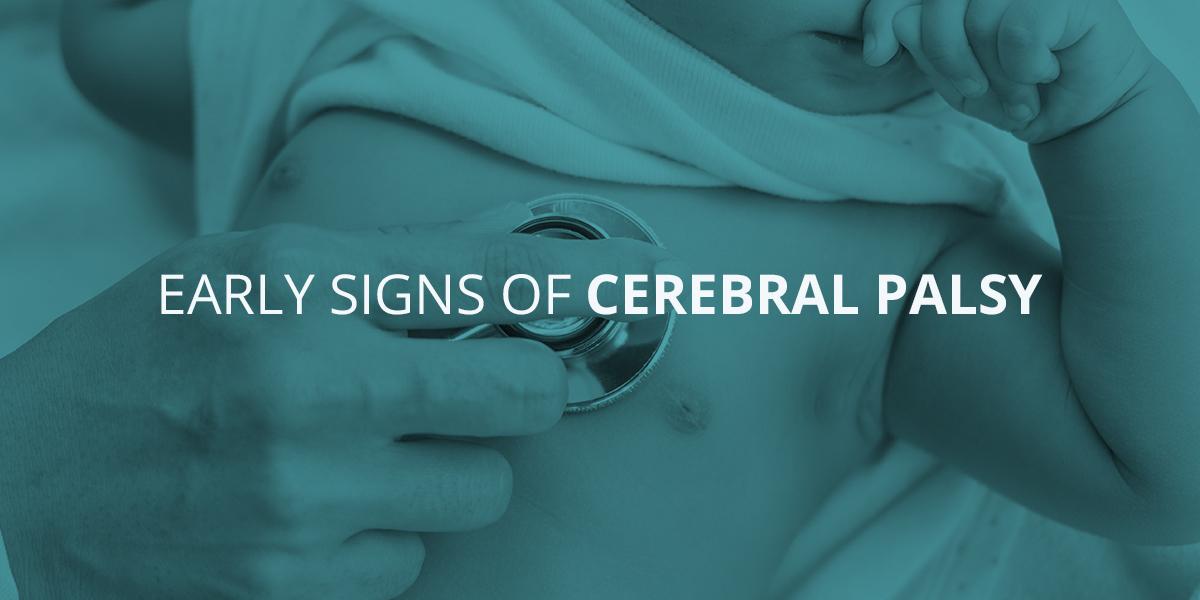
When you first learn your child has Cerebral Palsy (CP), you have a lot of questions. What do you do now? What do they need? How can you help? You also want to know why. What caused your child’s condition? The underlying causes of CP are varied but include oxygen deprivation, traumatic brain injury, infections, brain bleeds, and fetal strokes.
These issues can arise during pregnancy or delivery because the medical staff is negligent. If you fear your child’s CP is the result of medical malpractice, talk with an experienced Maui birth injury attorney at Menzer Law. Use our online form or call (808) 400-3726 to schedule your free initial consultation. We want to know more about what happened to your child so we can help you move forward.
What Is CP?
CP is not a single condition. Instead, it is a group of disorders that affects a person’s balance, posture, and movement. Abnormal brain development or damage to the brain during development, typically before birth, negatively impacts an individual’s ability to control their muscles.
Types of CP
There are several types of CP based on the type, location, and extent of a person’s symptoms.
Spastic Cerebral Palsy
Spastic CP is the most common type. Individuals experience altered muscle tone, which impacts their appearance and movement. Spastic hemiplegia can impact one side of the body; spastic diplegia can impact the legs the most; spastic quadriplegia can impact the whole body.
Dyskinetic Cerebral Palsy
With Dyskinetic CP, an individual experiences slow and uncontrollable movements in their hands, arms, feet, and legs. The movements might be seen as writhing or jerky.
Ataxic Cerebral Palsy
An individual experiences depth perception and balance issues, which impair their coordination and ability to walk steadily.
Mixed Types Cerebral Palsy
Individuals can experience CP with a mix of symptoms that don’t fit into one specific type.
Detecting CP Early On
Unless a child’s CP is mild, it will generally become apparent within their first 12 to 18 months. Parents might notice their children don’t look or move like they’d expect a child of that age. Or they might notice their child’s muscles feel off or different while bathing them. Infants with CP might have decreased muscle tone (hypotonia) or increased muscle tone (hypertonia). Decreased muscle tone makes them look overly relaxed, while increased muscle tone makes them stiff and rigid.
They often don’t reach common milestones at the same time as other children, including rolling over, sitting up, crawling, and walking. In babies younger than 6 months, their head may droop when you pick them up. They might feel floppy or stiff. Their legs get stiff and cross or scissor when you pick them up. When you cradle them, they might overextend their back and neck like they’re pushing away from you.In babies between 6 and 10 months, they might not rollover. They might be unable to bring their hands together or to their mouth.
They might reach out with only one hand while the other remains in a fist.In babies over 10 months old, they might appear lopsided while crawling because one hand and leg are dragging. Instead of crawling, the infant might scoot around on their butt or on their knees. They might only be able to stand with support.Other movement-related CP symptoms include:
- A lack of coordination during voluntary movements
- Exaggerated reflexes
- Weakness in one or both arms and legs
- Random involuntary movements or tremors
- Delays in reaching motor skill milestones
- Trouble with precise movements
- Irregular gait while walking
- Excessive drooling
- Trouble swallowing
- Trouble speaking
Children with CP also might experience other medical conditions that impact their vision, hearing, or cognitive development. Some experience seizures.
Diagnosis
How soon a child is diagnosed with CP can depend on the severity of their symptoms. Many are diagnosed within their first 2 years. But a mild case can persist for several more years before parents receive an accurate diagnosis.Diagnosis is usually a combination of brain imaging and a physical evaluation. Brain imaging can include a cranial ultrasound, MRI, CT, or electroencephalogram, which detects electrical brain activity. During the physical evaluation, a doctor will review the child’s muscle tone, growth, motor control, posture, vision, hearing, and coordination.Often a diagnosis of CP requires monitoring a child’s physical capabilities over time. CP is not a progressive condition, which means a child’s physical capabilities won’t get worse. If a child’s condition worsens, then the issue is likely another condition, such as a genetic disorder.Doctors also can run certain tests to identify or rule out other conditions.
Do You Suspect Medical Malpractice Caused Your Child’s CP?
If you believe an incident during your pregnancy or birth caused your child’s CP condition, talk with Matt Menzer of Menzer Law about your options. We will carefully review your case, including medical records associated with your pregnancy and labor. If there is evidence that the doctor or nurses failed to uphold their professional standard of care, then we might recommend pursuing a medical malpractice claim for compensation for you and your child. You can reach out to Menzer Law by calling (808) 400-3726 or using our online contact form.

